Home>Furniture & Design>Bathroom Accessories>How To Get Out Of A Bathtub With Bad Knees
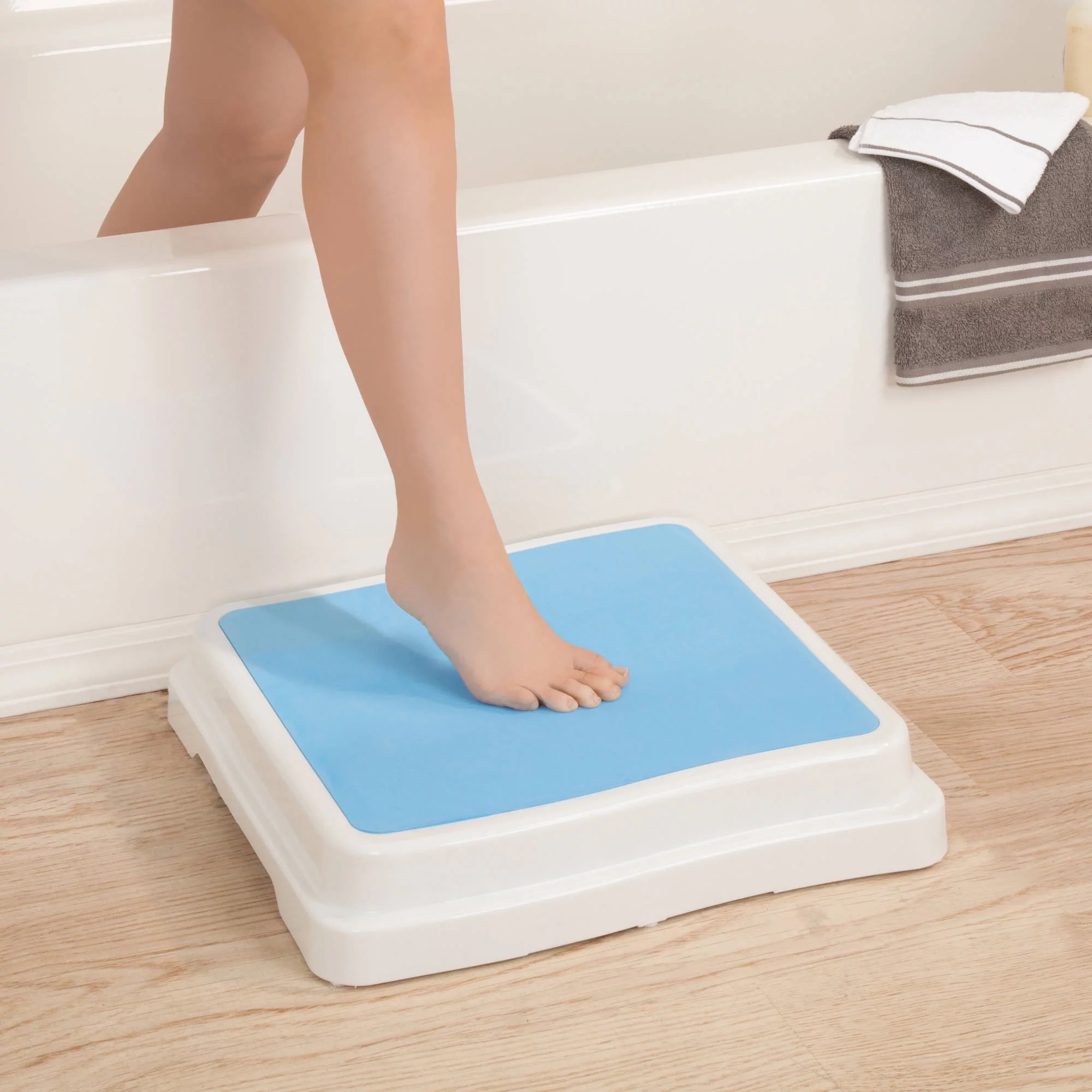

Bathroom Accessories
How To Get Out Of A Bathtub With Bad Knees
Modified: February 18, 2024
Discover helpful bathroom accessories and techniques for getting out of a bathtub with bad knees. Improve your bathing experience with these tips.
(Many of the links in this article redirect to a specific reviewed product. Your purchase of these products through affiliate links helps to generate commission for Storables.com, at no extra cost. Learn more)
Introduction
Having limited mobility due to bad knees can make everyday tasks, such as getting in and out of a bathtub, a challenging and potentially hazardous endeavor. However, with the right tools and techniques, it is possible to maintain independence and safety while using a bathtub. In this article, we will explore various methods and assistive devices that can help individuals with bad knees navigate the process of getting in and out of a bathtub with ease and confidence.
For many people, taking a relaxing bath or shower is an essential part of their daily routine, providing not only physical cleanliness but also mental rejuvenation. However, for those with knee issues, the fear of slipping or falling while entering or exiting the bathtub can overshadow the enjoyment of this simple pleasure. Fortunately, there are several practical solutions available to address this concern and make bathing a more manageable and secure experience.
In the following sections, we will delve into the details of using a bathtub transfer bench, installing grab bars, utilizing a shower chair, and employing a bath lift. Additionally, we will discuss the importance of seeking assistance from others when necessary. By exploring these options, individuals with bad knees can discover the most suitable approach to ensure their safety and comfort while using a bathtub.
It's important to remember that each person's situation is unique, and what works well for one individual may not be the best solution for another. Therefore, it's advisable to consider the specific needs and limitations of the person with bad knees when selecting the most appropriate method or device for accessing the bathtub. With the information provided in this article, individuals and their caregivers can make informed decisions to facilitate a safer and more enjoyable bathing experience.
Key Takeaways:
- Using tools like a bathtub transfer bench and grab bars can help people with bad knees get in and out of the bathtub safely and independently, making bathing a more enjoyable experience.
- Seeking help from caregivers or companions and using assistive devices like shower chairs and bath lifts can make bathing easier and more comfortable for individuals with knee issues.
Using a Bathtub Transfer Bench
A bathtub transfer bench is a valuable aid for individuals with bad knees who struggle with getting in and out of the bathtub. This innovative device provides a stable and secure platform for transitioning into and out of the tub, minimizing the risk of slips and falls. The bench typically consists of a sturdy seat that spans the width of the bathtub, with adjustable legs to accommodate various tub heights.
To use a bathtub transfer bench, the individual sits on the outer portion of the bench, which is positioned outside the tub, and then slides smoothly across the seat to the inner side of the tub. This eliminates the need to step over the high bathtub wall, reducing strain on the knees and minimizing the potential for accidents. Once inside the tub, the individual can comfortably bathe while seated on the bench, ensuring a safe and relaxing experience.
When it's time to exit the tub, the process is reversed. The individual moves back to the outer side of the bench before standing up, eliminating the need to navigate the challenging task of stepping over the tub wall. This simple yet effective method provides a practical solution for those with limited mobility due to knee issues.
The bathtub transfer bench is designed to support individuals of varying body sizes and weights, offering a reliable and stable surface for transferring in and out of the bathtub. Some models also feature padded seats for enhanced comfort and non-slip feet to ensure stability during use. Additionally, the bench may include a backrest and armrests, providing extra support and security for the user.
By incorporating a bathtub transfer bench into the bathing routine, individuals with bad knees can regain a sense of independence and confidence while ensuring their safety. This assistive device not only facilitates easier access to the bathtub but also promotes a more enjoyable and stress-free bathing experience. With its user-friendly design and practical functionality, the bathtub transfer bench is a valuable tool for enhancing the daily lives of those with knee-related mobility challenges.
Installing Grab Bars
Installing grab bars in the bathroom is a crucial step in creating a safe and accessible environment for individuals with bad knees. These sturdy and strategically placed bars provide essential support and stability, significantly reducing the risk of slips and falls while maneuvering in and around the bathtub. When properly installed, grab bars offer a reliable means of assistance for individuals with limited mobility, allowing them to navigate the bathing process with greater ease and confidence.
The placement of grab bars is a key consideration when optimizing the safety and functionality of the bathroom space. In the vicinity of the bathtub, it is advisable to install grab bars on both the inner and outer walls of the tub area. This arrangement ensures that individuals have support when entering, exiting, and maneuvering within the bathtub, minimizing the strain on their knees and enhancing their overall safety.
When installing grab bars, it is essential to secure them to the wall studs to ensure maximum strength and stability. This requires careful measurement and precise placement to guarantee that the bars can withstand the weight and pressure exerted on them during use. Additionally, it is important to use high-quality mounting hardware and follow the manufacturer's guidelines to ensure that the grab bars are securely anchored to the wall.
The design and construction of grab bars are tailored to provide a comfortable and secure grip for individuals with varying needs and preferences. Some grab bars feature textured surfaces or ergonomic contours to enhance the user's grasp, while others are available in different lengths and diameters to accommodate diverse hand sizes and strengths. By selecting grab bars that align with the user's specific requirements, caregivers can optimize the functionality and effectiveness of these essential safety aids.
In addition to the traditional straight grab bars, there are also angled and curved bars that cater to different scenarios and user preferences. These variations allow for customized installations that address the unique challenges and requirements of individuals with bad knees, ensuring that they have reliable support in the areas where it is most needed.
By integrating grab bars into the bathroom environment, individuals with bad knees can experience a significant improvement in their ability to navigate the bathtub area safely and independently. These simple yet impactful fixtures provide a sense of security and reassurance, empowering individuals to maintain their bathing routine with confidence and peace of mind. With proper installation and thoughtful consideration of the user's needs, grab bars play a vital role in promoting a safer and more accessible bathroom experience for individuals with knee-related mobility challenges.
Using a Shower Chair
A shower chair is a practical and versatile solution for individuals with bad knees who encounter difficulties while standing for extended periods in the shower. This essential assistive device provides a stable and comfortable seating option, allowing individuals to bathe safely and with greater ease. The shower chair is designed to withstand the water and humidity of the shower environment, making it an ideal aid for those seeking a secure and convenient bathing experience.
When using a shower chair, individuals can transition from standing to a seated position, reducing the strain on their knees and minimizing the risk of slips and falls. The chair typically features a durable, water-resistant seat and non-slip rubber feet to ensure stability and safety during use. Some models also include adjustable legs, allowing for personalized height settings to accommodate individual preferences and shower configurations.
The presence of armrests and a backrest on the shower chair enhances comfort and support, providing individuals with a secure and relaxing bathing experience. These features contribute to a sense of stability and reassurance, allowing individuals to bathe with confidence and independence. Additionally, the armrests can serve as leverage points for individuals with bad knees, aiding them in standing up from the seated position and facilitating a smoother transition out of the shower.
Shower chairs are available in various designs and styles to suit different needs and preferences. Some chairs feature a compact and lightweight construction, making them easy to maneuver and store when not in use. Others are equipped with additional features such as drainage holes in the seat to prevent water accumulation and adjustable backrests for personalized comfort.
The versatility of shower chairs extends beyond the shower itself, as they can also be used in conjunction with bath transfer benches to facilitate a seamless transition into and out of the bathtub. By incorporating a shower chair into their bathing routine, individuals with bad knees can maintain their hygiene and grooming practices with minimal strain and discomfort.
The presence of a shower chair in the bathroom environment promotes a sense of safety and accessibility, empowering individuals with bad knees to navigate their bathing routine with confidence and independence. This essential aid not only addresses the challenges associated with knee-related mobility issues but also contributes to a more enjoyable and stress-free bathing experience. With its practical functionality and user-friendly design, the shower chair serves as a valuable tool for enhancing the daily lives of individuals with knee-related mobility challenges.
To get out of a bathtub with bad knees, consider using a bathtub transfer bench or a grab bar for support. You can also try placing a non-slip mat in the tub to prevent slipping.
Utilizing a Bath Lift
A bath lift is a remarkable assistive device designed to address the specific needs of individuals with bad knees, enabling them to access the bathtub with ease and safety. This innovative tool offers a practical solution for those who experience challenges when lowering themselves into and rising from the bathtub due to knee-related mobility issues. By utilizing a bath lift, individuals can enjoy a more independent and comfortable bathing experience while minimizing the risk of accidents and strain on their knees.
The primary function of a bath lift is to gently lower and raise individuals in and out of the bathtub, providing a controlled and secure transition that alleviates the physical demands on their knees. This is achieved through a motorized or hydraulic lifting mechanism integrated into the bath lift, allowing for smooth and gradual movement that accommodates the user's pace and comfort. The seat of the bath lift is typically equipped with a supportive backrest and a stable base to ensure a secure and relaxing bathing experience.
The operation of a bath lift is straightforward, making it an accessible and user-friendly solution for individuals with bad knees. Upon sitting on the lift's seat, the user can activate the lifting mechanism, which then lowers them into the bathtub at a controlled pace. This eliminates the need for strenuous bending or maneuvering, providing a gentle and effortless transition into the water. Once bathing is complete, the user can utilize the lift to gradually rise from the bathtub, minimizing the strain on their knees and promoting a safe and comfortable exit.
Bath lifts are designed to accommodate individuals of varying body sizes and weights, ensuring that users can find a suitable and supportive option that meets their specific requirements. Some models feature reclining capabilities, allowing individuals to adjust the position of the seat for enhanced comfort and relaxation while bathing. Additionally, bath lifts are equipped with easy-to-use hand controls, enabling individuals to operate the lifting mechanism independently and tailor the bathing experience to their preferences.
The presence of a bath lift in the bathroom environment offers individuals with bad knees a sense of empowerment and autonomy, allowing them to engage in their bathing routine with confidence and comfort. This assistive device not only facilitates safer access to the bathtub but also promotes a more enjoyable and stress-free bathing experience. With its practical functionality and user-centered design, the bath lift serves as a valuable tool for enhancing the daily lives of individuals with knee-related mobility challenges.
Incorporating a bath lift into the bathroom environment provides individuals with bad knees the opportunity to maintain their bathing routine with minimal strain and discomfort. This essential aid promotes a sense of safety and accessibility, empowering individuals to navigate their bathing experience with confidence and independence.
Read more: How To Get Out Of A Bathtub
Seeking Assistance from Others
In situations where individuals with bad knees encounter significant challenges in accessing the bathtub, seeking assistance from others can be a practical and supportive approach. The presence of a caregiver, family member, or trusted companion can provide invaluable assistance and reassurance, ensuring that the individual can safely and comfortably engage in their bathing routine.
When seeking assistance from others, it is essential to communicate openly and effectively about the specific needs and limitations associated with knee-related mobility issues. By sharing this information, caregivers and companions can gain a comprehensive understanding of the individual's requirements and tailor their support accordingly. This collaborative approach fosters a sense of trust and understanding, allowing for a more seamless and respectful interaction during the bathing process.
Caregivers and companions can offer physical assistance by providing steady support and guidance as the individual navigates the steps involved in entering and exiting the bathtub. This may involve offering a supportive arm or hand to stabilize the individual as they transition into and out of the tub, minimizing the risk of slips and falls. Additionally, caregivers can assist with tasks such as adjusting water temperature, handing bathing essentials, and ensuring a safe and comfortable bathing environment.
In addition to physical assistance, emotional support plays a crucial role in the bathing experience for individuals with bad knees. Caregivers and companions can offer encouragement, patience, and understanding, creating a positive and nurturing atmosphere that promotes a sense of security and well-being. By fostering a supportive and empathetic environment, caregivers and companions contribute to the individual's overall comfort and confidence during the bathing process.
Furthermore, caregivers and companions can collaborate with individuals to explore and implement additional assistive devices and techniques that enhance safety and accessibility in the bathroom. This may involve researching and acquiring specialized aids such as non-slip mats, handheld showerheads, or additional grab bars to further optimize the bathing environment for individuals with bad knees. By working together to identify and address specific needs, caregivers and companions can contribute to a more tailored and effective approach to bathing assistance.
Ultimately, seeking assistance from others fosters a collaborative and compassionate approach to addressing the challenges associated with accessing the bathtub for individuals with bad knees. By leveraging the support and expertise of caregivers and companions, individuals can navigate their bathing routine with greater ease, confidence, and peace of mind. This collaborative effort not only promotes safety and accessibility but also strengthens the bond between individuals and their support network, creating a more inclusive and empowering bathing experience.
Conclusion
In conclusion, individuals with bad knees can overcome the challenges associated with accessing the bathtub by utilizing a range of practical methods and assistive devices. The strategies discussed in this article, including the use of a bathtub transfer bench, installation of grab bars, utilization of a shower chair, employment of a bath lift, and seeking assistance from others, offer valuable solutions to enhance safety, accessibility, and comfort in the bathing environment.
By incorporating a bathtub transfer bench into the bathing routine, individuals with bad knees can experience a smoother and more secure transition in and out of the tub. The bench provides a stable platform for transferring across the bathtub wall, minimizing the strain on the knees and reducing the risk of accidents. Additionally, the installation of grab bars in the bathroom area offers essential support and stability, empowering individuals to navigate the bathtub space with confidence and reassurance.
The utilization of a shower chair presents a practical seating option for individuals with bad knees, allowing them to bathe safely and comfortably while minimizing the strain on their joints. The presence of a bath lift in the bathroom environment offers a controlled and secure means of lowering and raising individuals in and out of the bathtub, promoting a more independent and enjoyable bathing experience.
Furthermore, seeking assistance from caregivers, family members, or companions fosters a collaborative and supportive approach to addressing the challenges associated with accessing the bathtub. This inclusive and empathetic interaction contributes to a more nurturing and reassuring bathing experience for individuals with bad knees.
Overall, the combination of these methods and devices empowers individuals with knee-related mobility challenges to maintain their bathing routine with confidence, independence, and peace of mind. By tailoring the approach to the specific needs and preferences of the individual, caregivers and companions can play a pivotal role in enhancing safety and accessibility in the bathroom environment.
It is important to recognize that each person's situation is unique, and the most effective solution may vary based on individual circumstances. Therefore, a thoughtful and personalized approach to selecting and implementing these strategies is essential to ensure the optimal outcome for individuals with bad knees. By embracing these practical methods and assistive devices, individuals can reclaim a sense of independence and security in their bathing routine, promoting a more fulfilling and empowering daily experience.
Frequently Asked Questions about How To Get Out Of A Bathtub With Bad Knees
Was this page helpful?
At Storables.com, we guarantee accurate and reliable information. Our content, validated by Expert Board Contributors, is crafted following stringent Editorial Policies. We're committed to providing you with well-researched, expert-backed insights for all your informational needs.
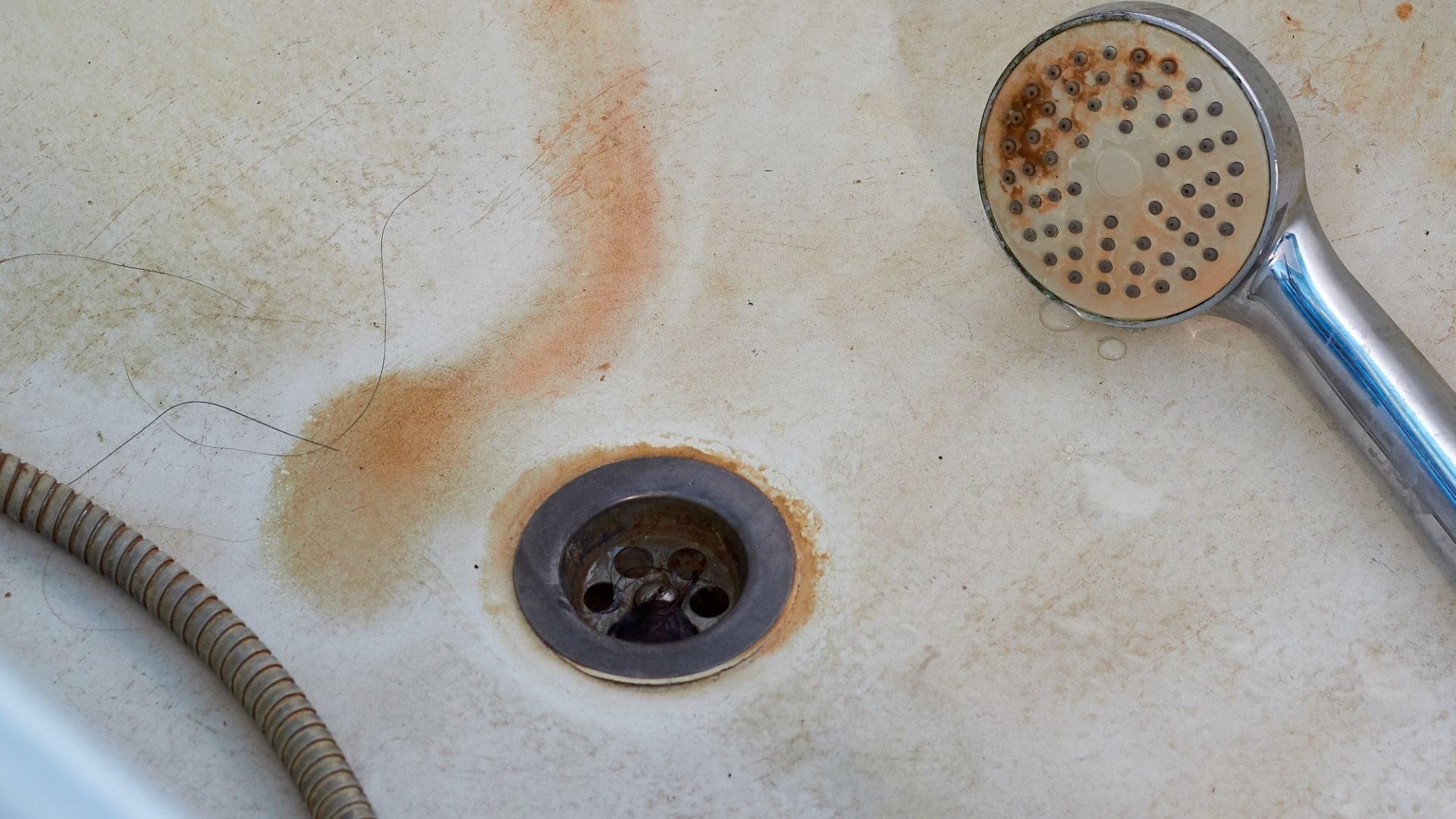

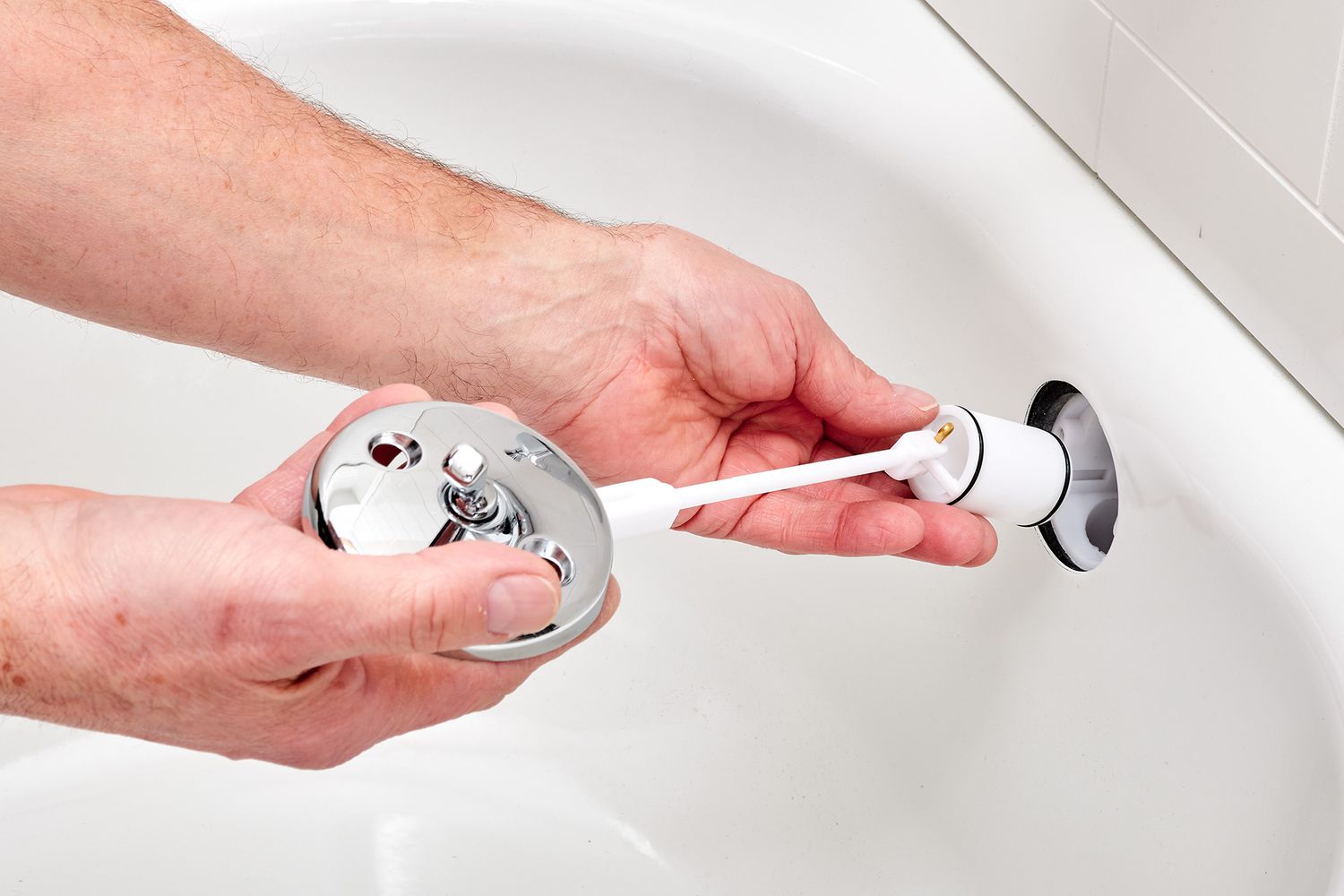
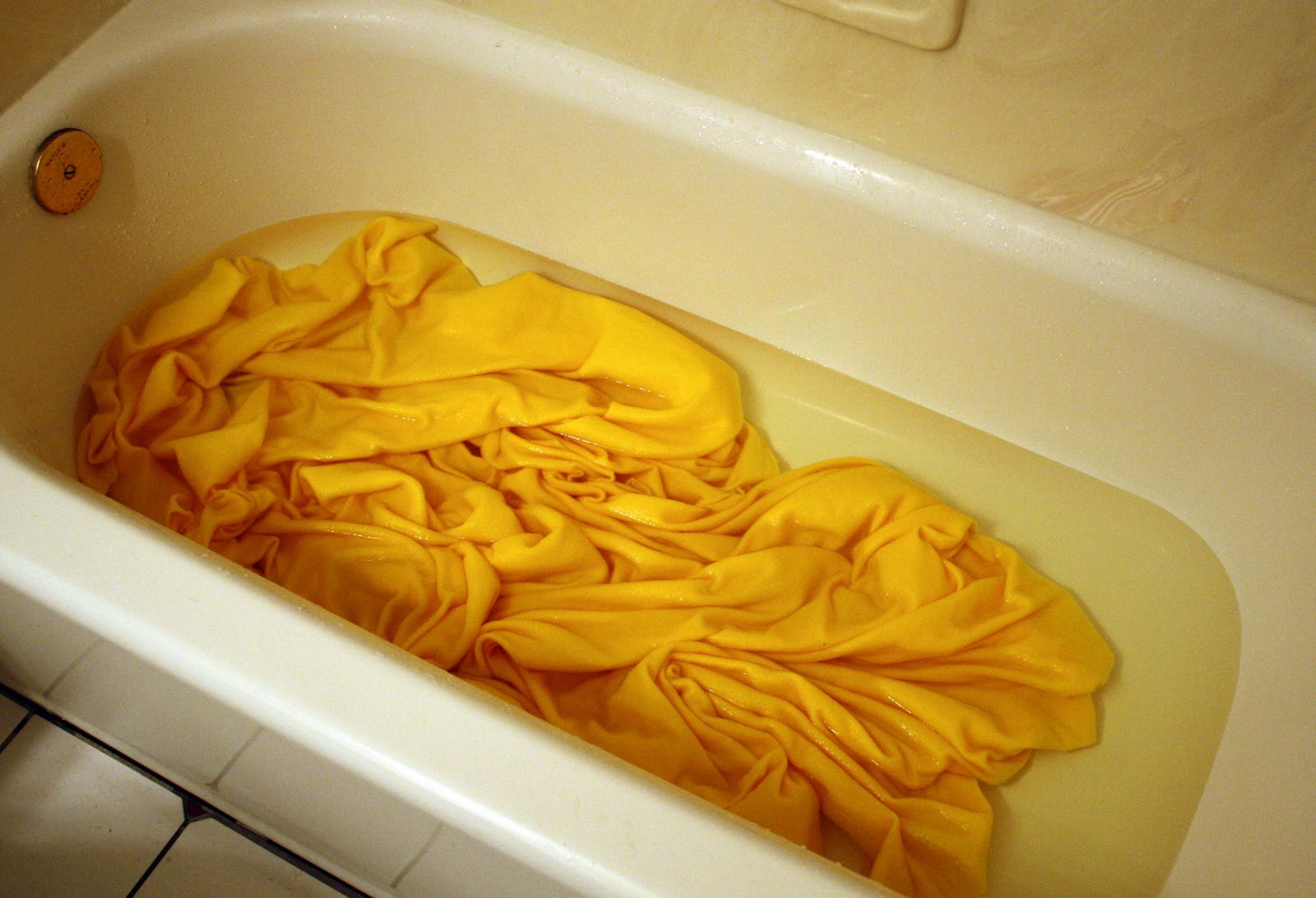
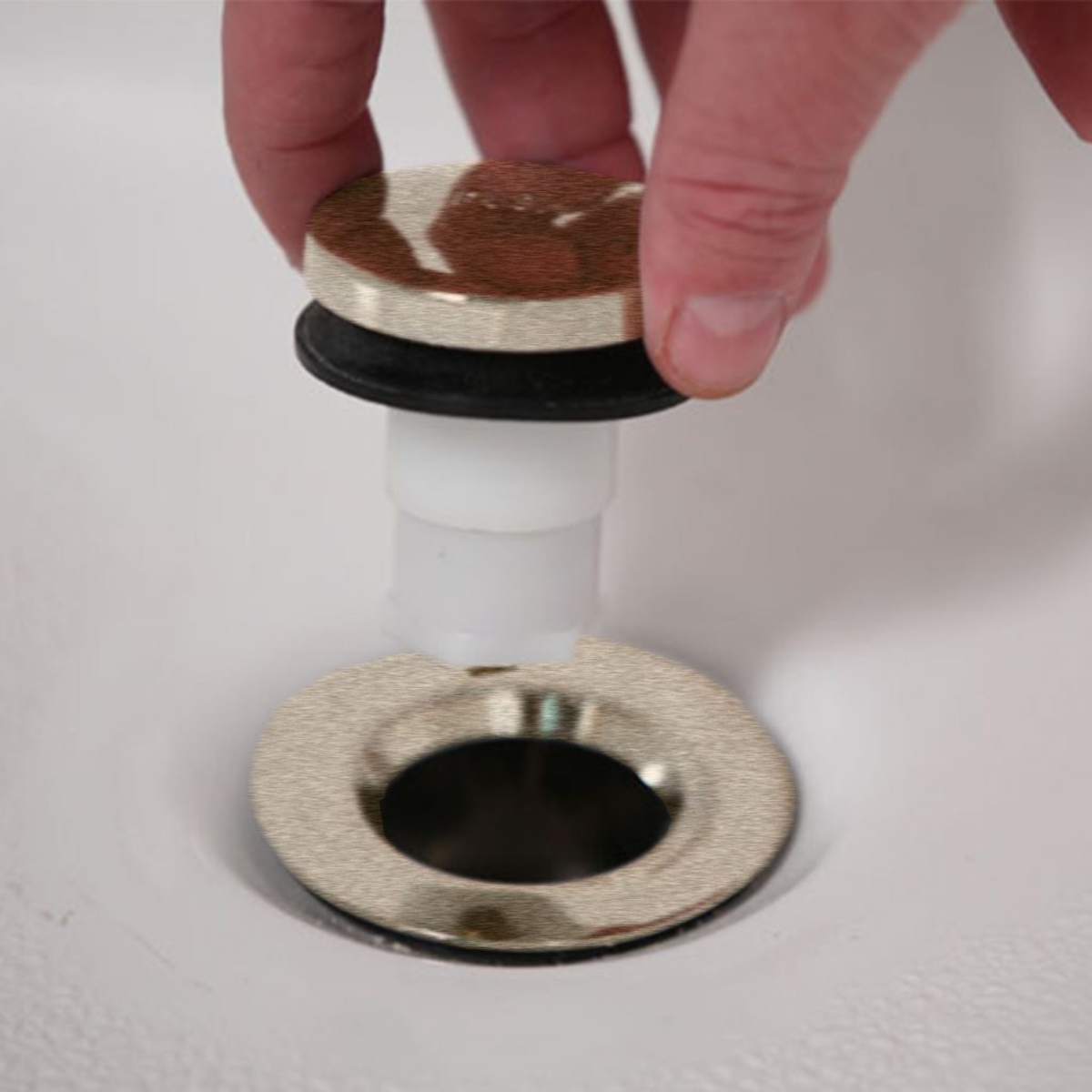

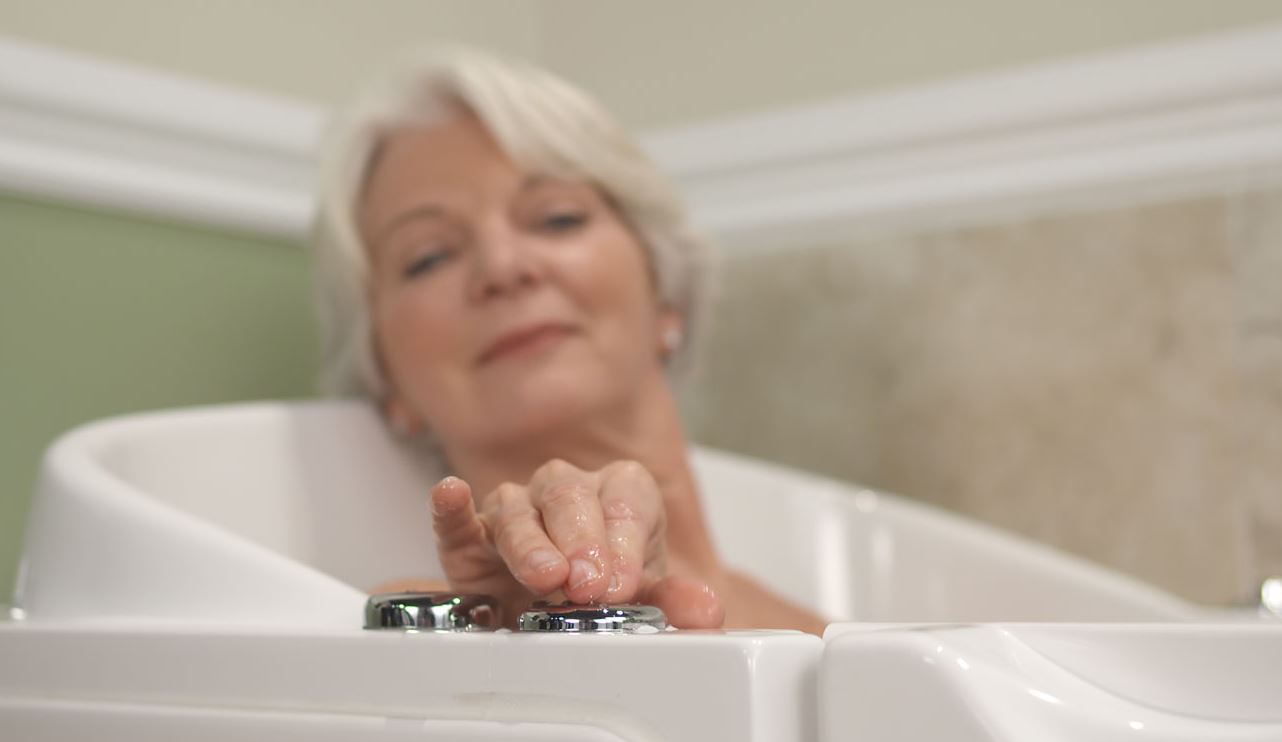
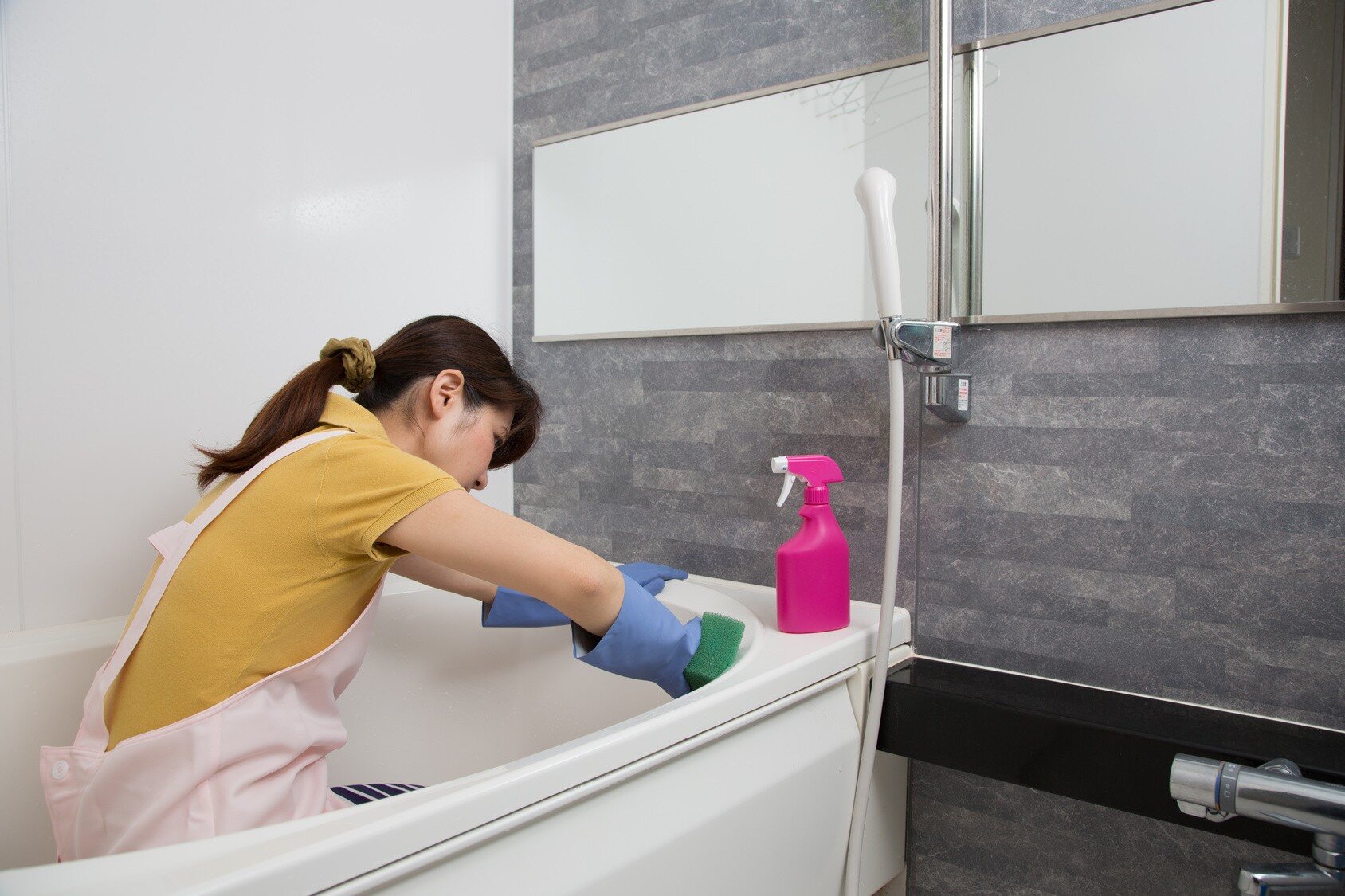
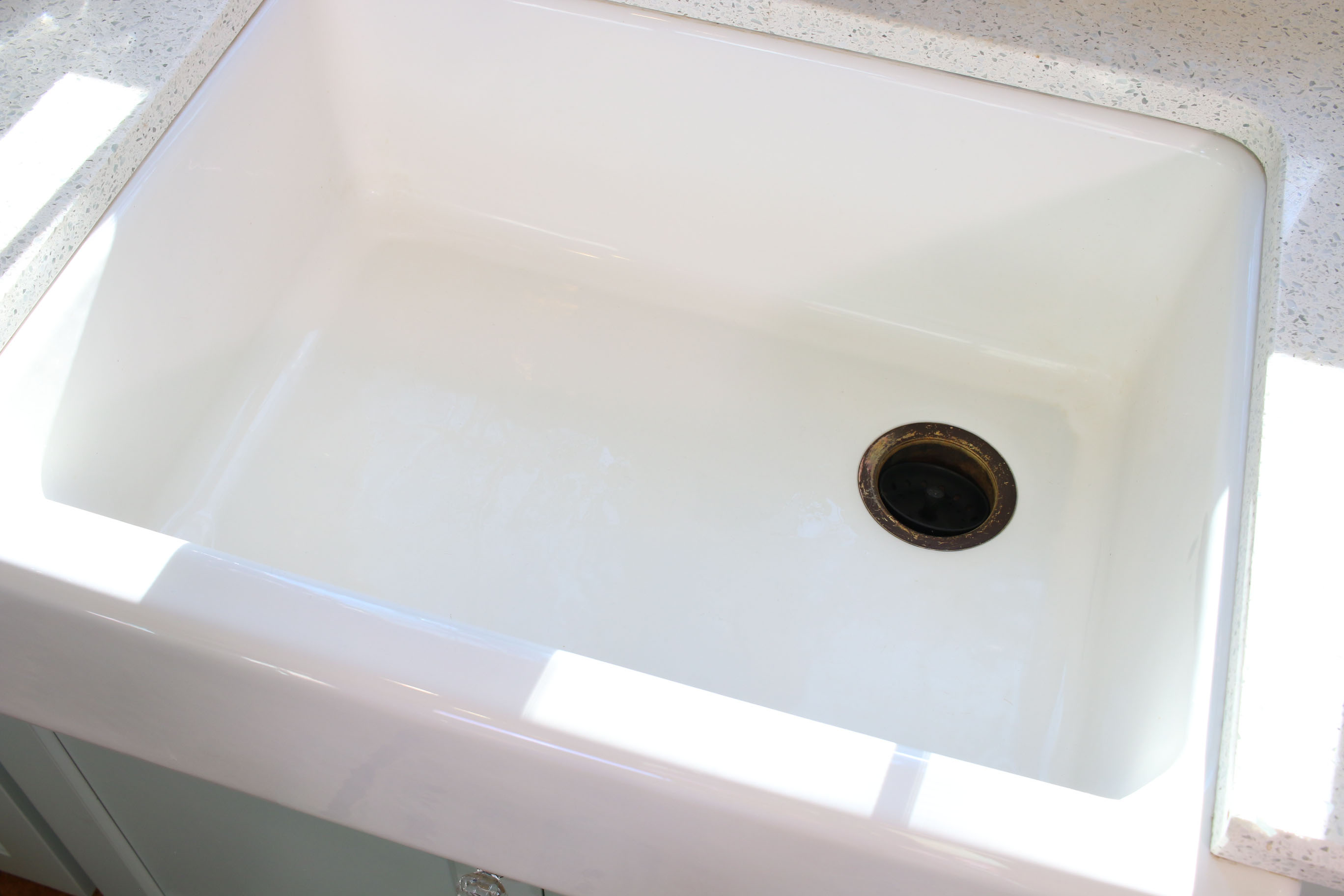
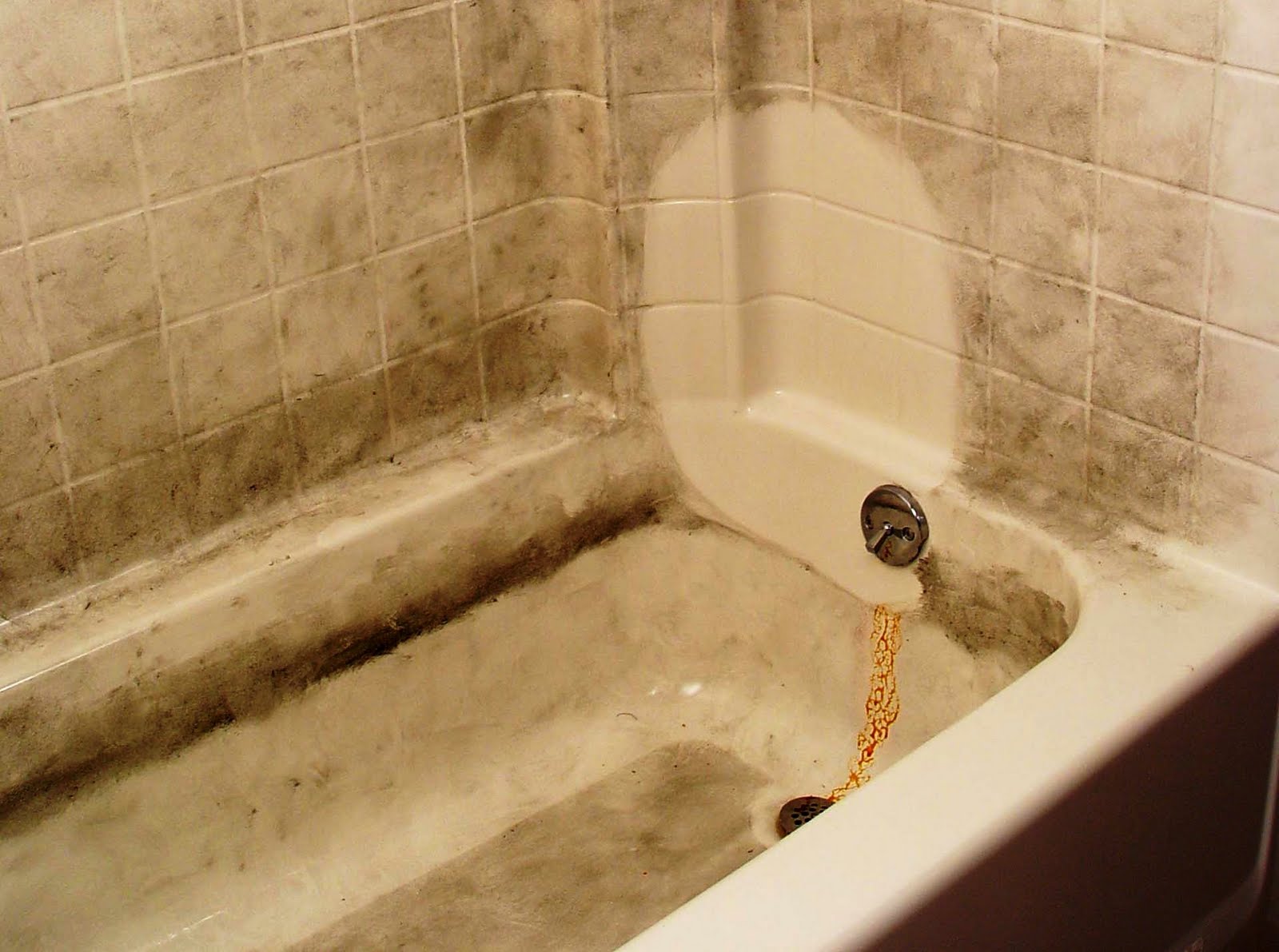
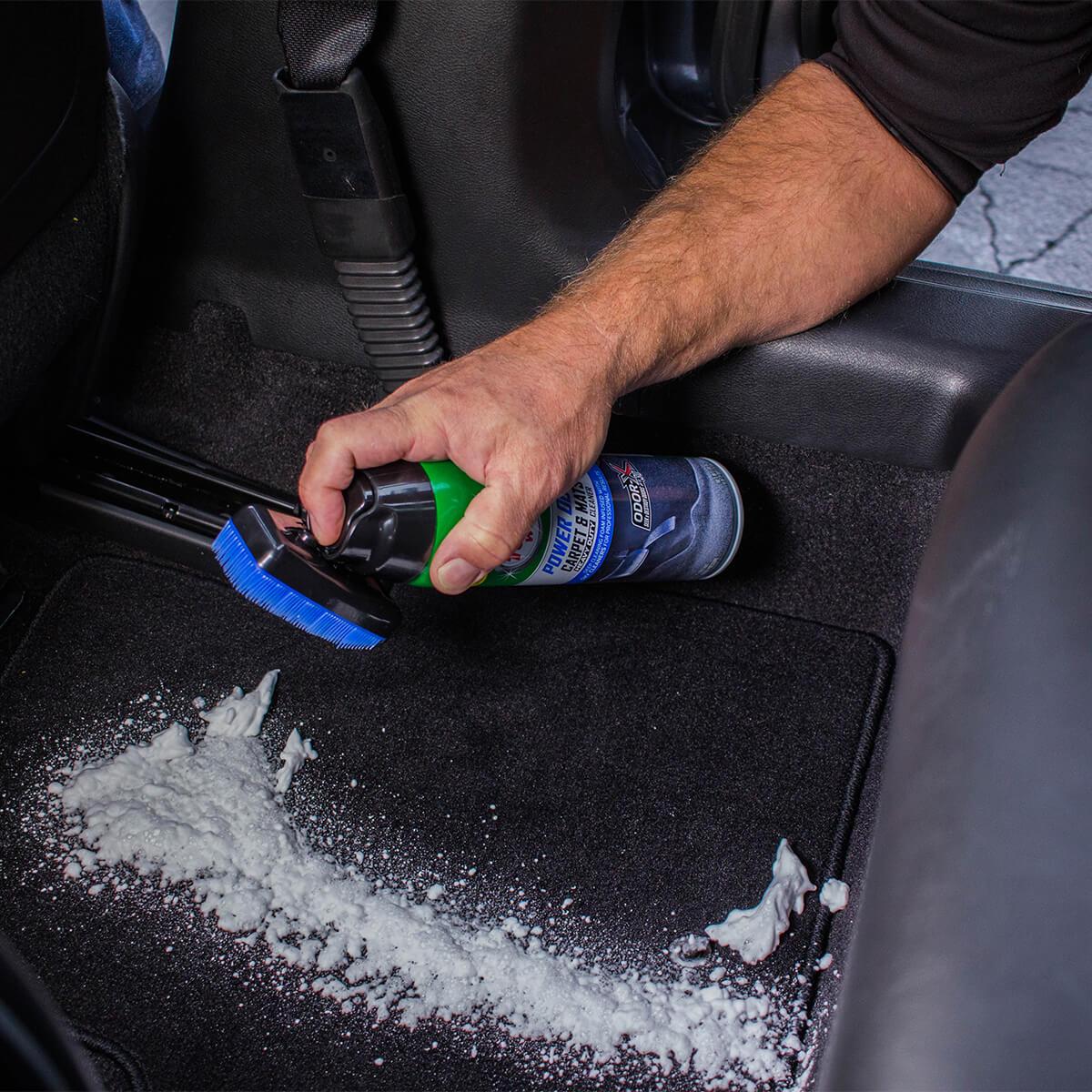
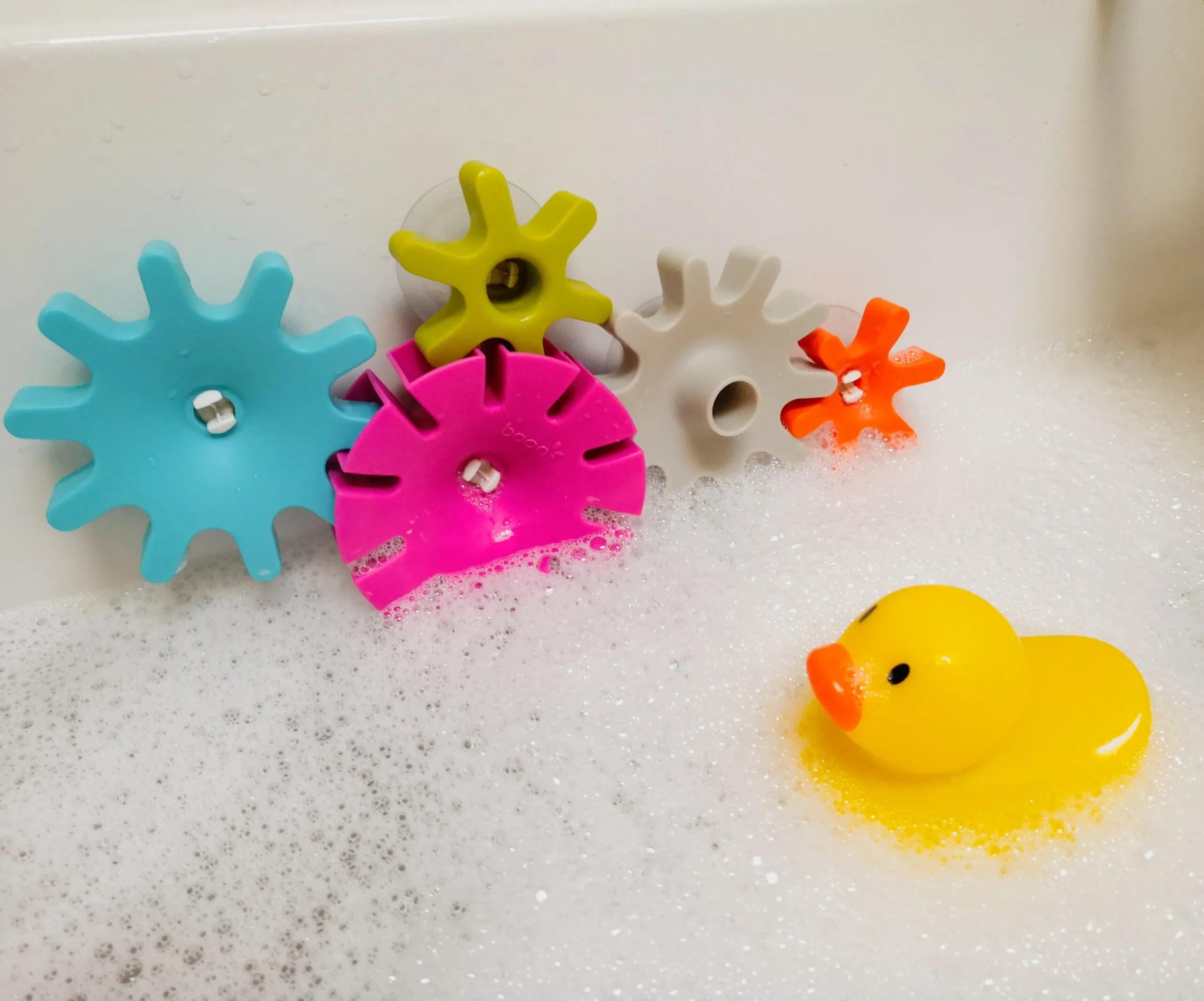
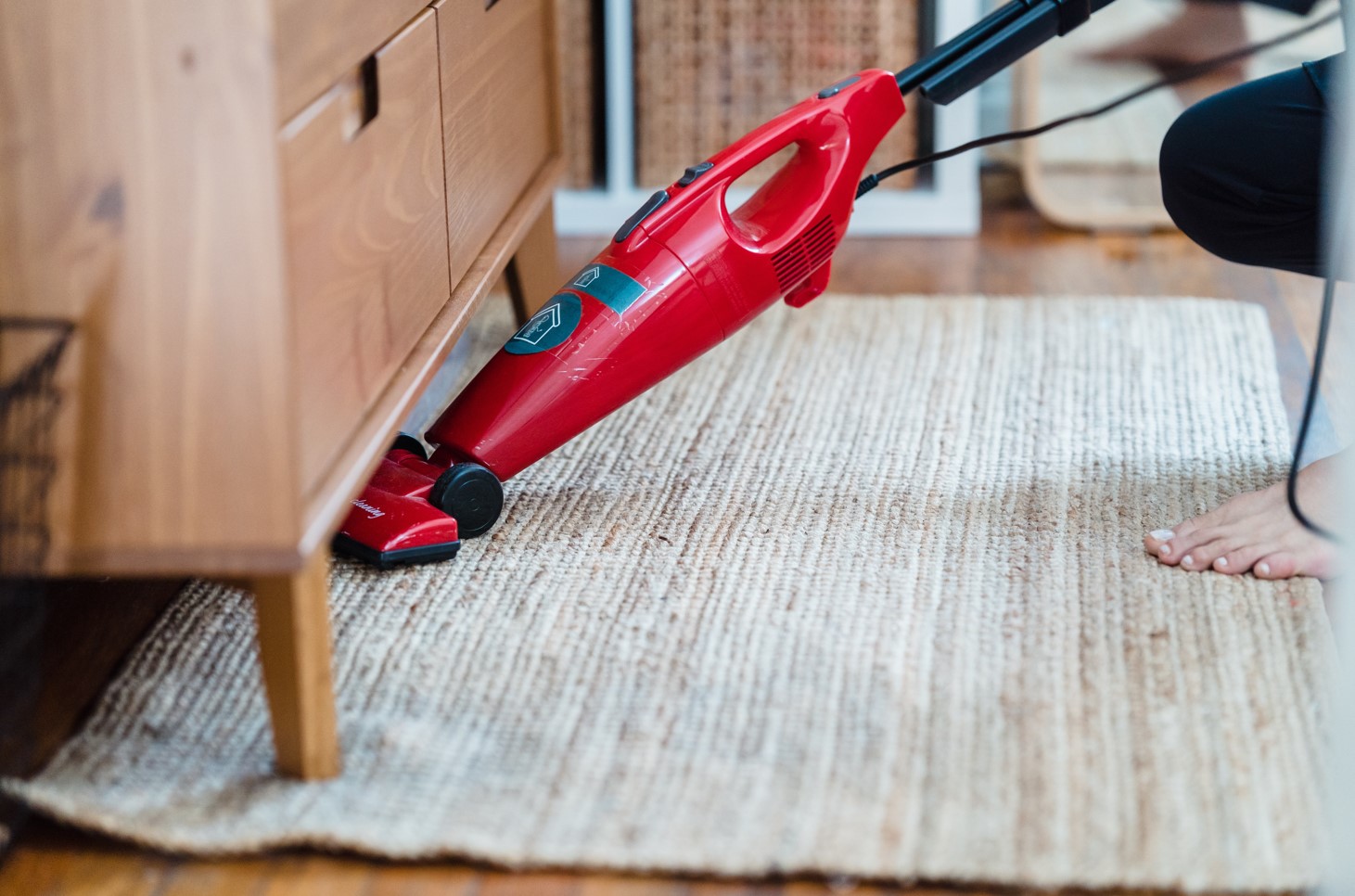
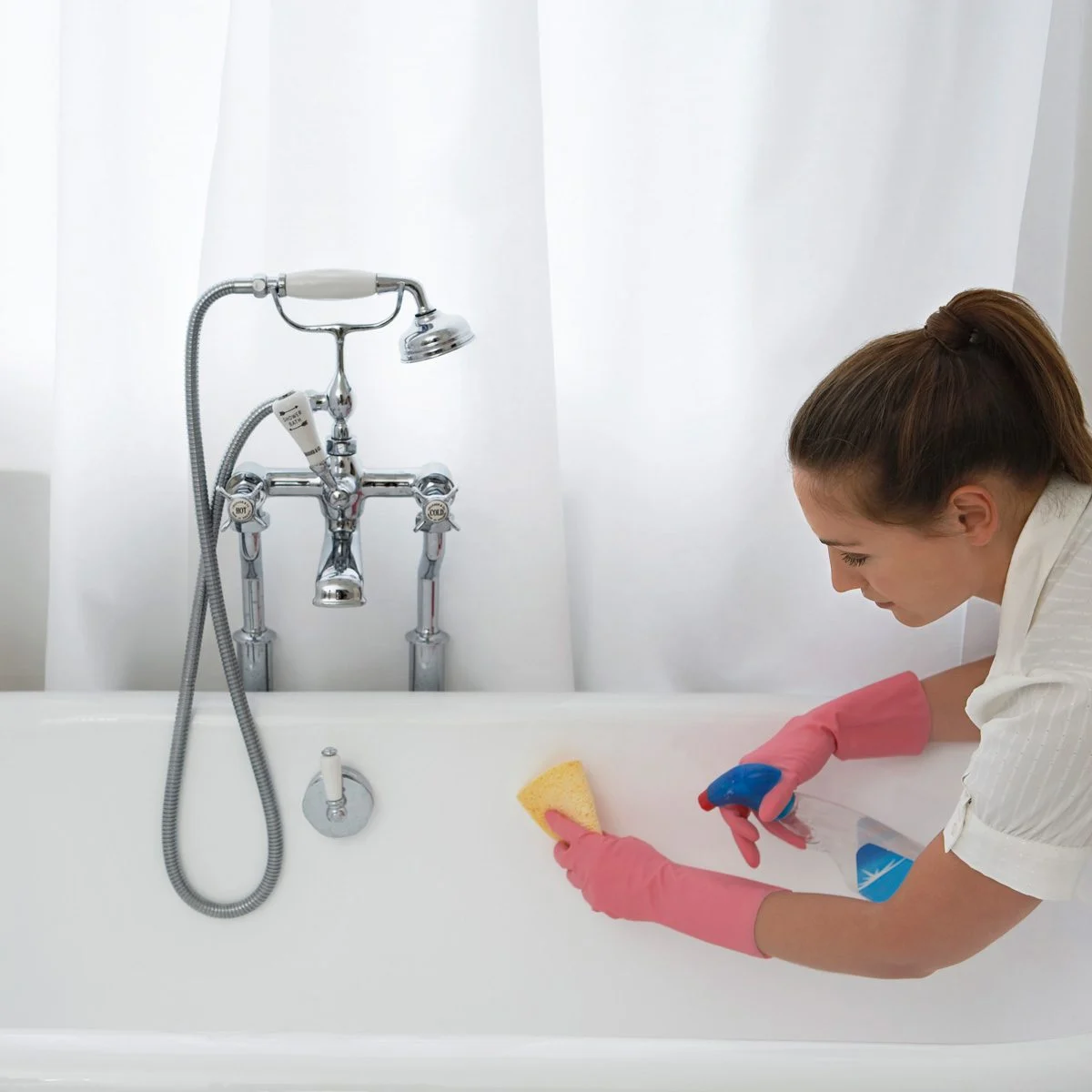

0 thoughts on “How To Get Out Of A Bathtub With Bad Knees”